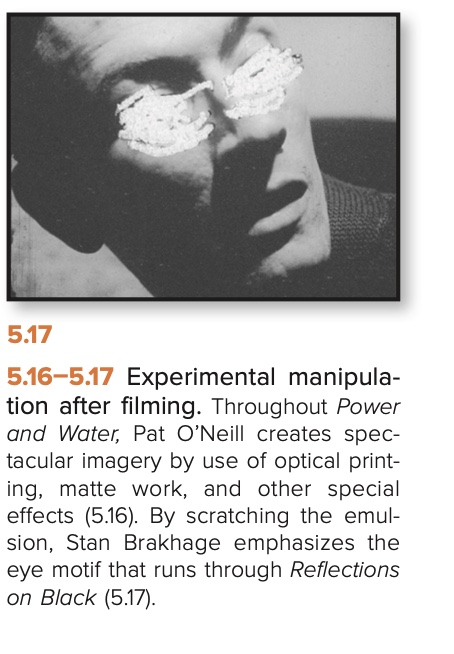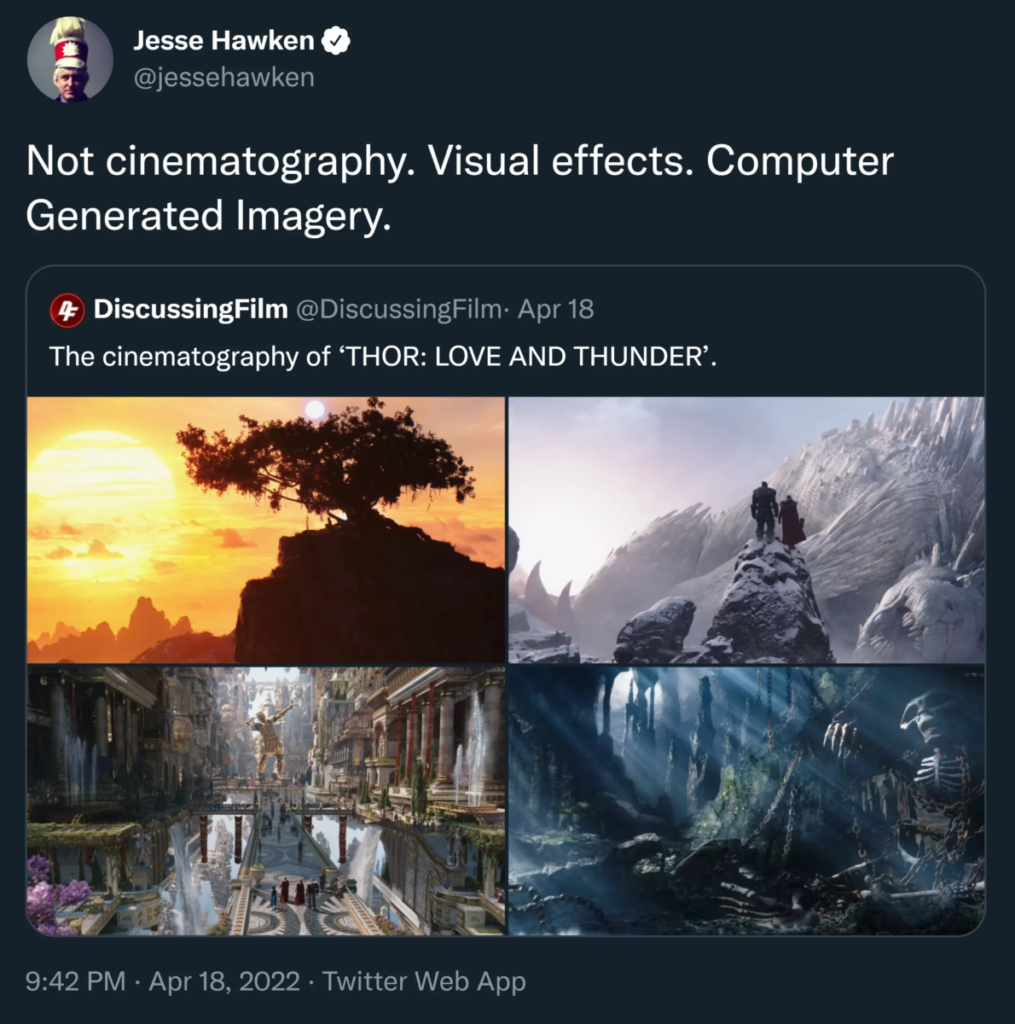This week’s reading, chapter 5 of Film as Art, focused on cinematography, a very important aspect of film. The part that stood out to me was the section on lenses and perspective. I love rack focus shots and I thought the explanation in the textbook around how they work with changing the focus, usually in a shallow depth of field, to guide the audience’s attention to whatever is in focus was insightful. I did find it interesting that they didn’t mention aperture as a tool to modify the depth of field for any focal length, instead painting it as one focal length having a relatively fixed depth of field. I suppose they did discuss the more emotional or visual effects of depth of field, even if they didn’t explain the specific technique to achieve that look.
Another aspect of cinematography they talked about was framing and the positioning and proximity of things within the lens, as well as aspect ratios as a function of framing. This felt very familiar after last week’s discussion of The Grand Budapest Hotel, where there was a lot of very symmetrical framing and not as many closeups, and unique aspect ratios. They discussed the popularity of different aspect ratios over time and how now they can act as a choice for filmmakers nowadays to achieve their creative vision with (like Oppenheimer switching between two aspect ratios). I also enjoyed how they discussed depth of field as being a “trend of cinematography”, like the popularization of a shallow focus after Citizen Kane, before deep focus came more into trend due to work by Spielberg and de Palma. While I had been exposed to aspect ratios as being something that “trends” in cinematography, I didn’t think about filming/lens trends as being something that’d happen and still don’t really connect them across films/don’t know what would be considered the trend today.
Something I wonder about is how cinematography will progress as we move away from physical film and manipulation and more towards digital filming and editing. The chapter opened with a lot of discussion on film manipulation, like tinting black and white film and a side note I particularly enjoyed on the more experimental physical manipulation of film, like this (5.17) scratching of the emulsion. While some of the AI nature videos I’ve seen have been pretty wild (@naturesms on Instagram has some cool cloud ones) and obviously CGI is incredibly powerful and often realistic-looking, I really believe there’s something to be said for the beauty of what can be achieved through only physical manipulations and a cinematographer’s creativity. I also wonder how much of that modifying can be considered cinematography rather than just editing, and if cinematography itself has places where it can continue to evolve. I personally love film photography, but do often edit my photos to enhance them after I get them developed, which I know is a bit of a debate among film photographers and I sometimes feel like I’m “cheating” at film by doing it. I wonder if there’ll be a resurgence (and if we’re witnessing it today) of film purists or directors who avoid digital manipulation (or maybe this is just wishful thinking on my end)- while there’s something to be said for the amazing creativity of digital manipulation, I’m ultimately left more impacted by films that frame what we see around us in a way that reminds me how extraordinary it is, unedited.

More food for thought: I also saw this tweet while googling if CGI is considered cinematography. My mind isn’t quite made up on where I land, because the composition of these images, including the lighting and contrast, are undeniably lovely and include a knowledge of cinematographic elements- but it’s true that it’s a lot easier to control all those things when you can digitally make it perfect, rather than the beauty and skill of a shot that naturally includes these elements.
